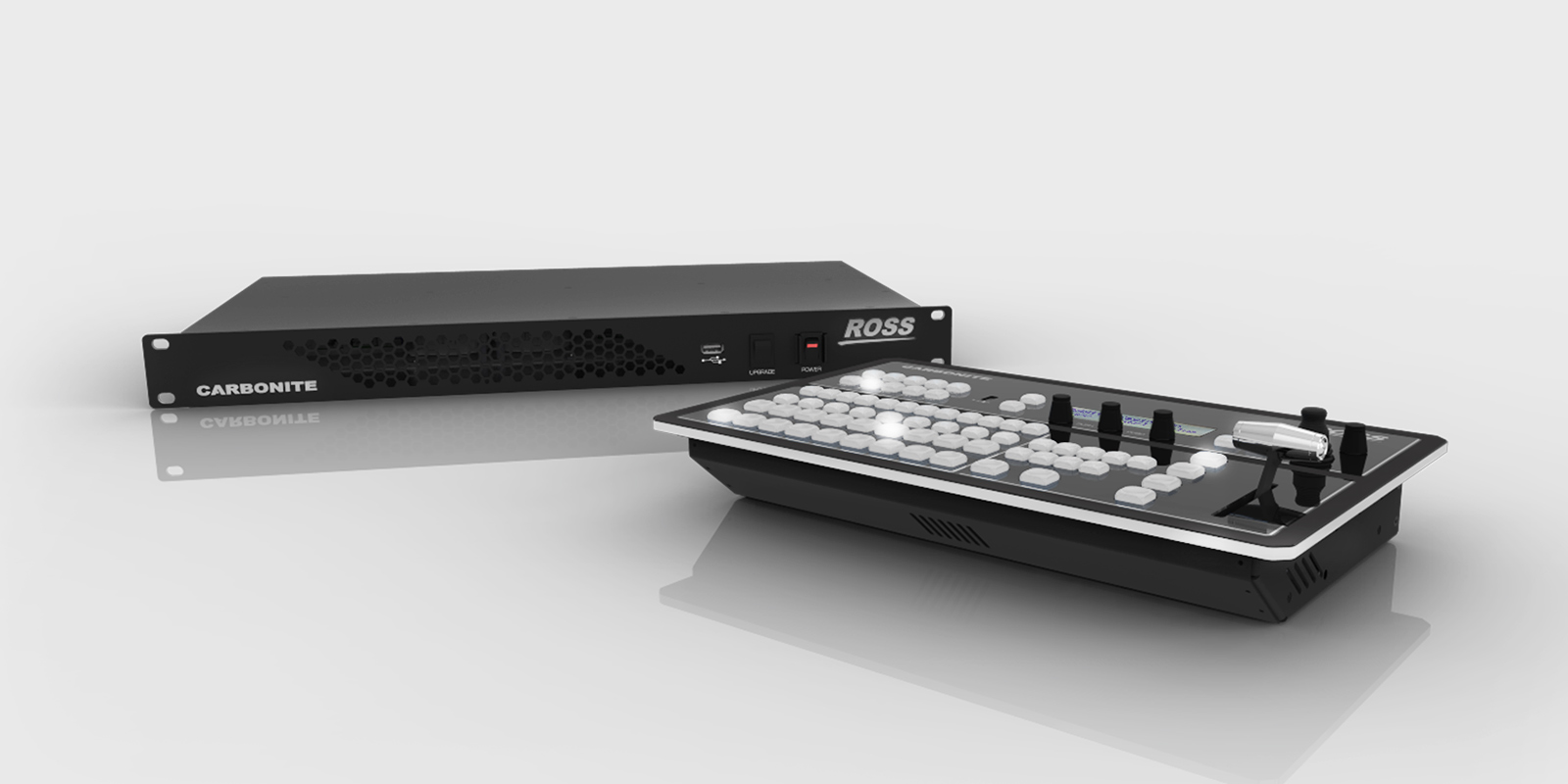
So much is integrated into the device that you just wanted to connect to it anyway. I’m a hard core geek, and had been playing with Raspberry Pi solutions, but upon getting an M5stickC in my hands, I realized this was the device to give them tally lights at the best price possible. Wondering if it has logic for a switch running into a switch running into OBS, i.e. Looking forward to playing with this more. Each run coughed up another missing module, and then, IT WORKED! Amazing stuff! I see your video about the subject now, glad you made it easier for others to approach.
#Ross carbonite password how to#
I ran into install errors about missing modules, and learned how to install them from the command line.

I had never touched node.js, but what harm could it do to try it. A month after the search began, I came across your TallyArbiter program. My favorite were some using the M5stickC, but they only provided ATEM mini status. Tally was the issue I have been studying for some time, though all the published solutions I found were partial at best (or beyond my budget!). With a motley collection of cameras, an ATEM mini and a couple individual video capture devices, all feeding into OBS, we are getting close to ready for live broadcast. Wow, you are wonderful! And your new website is very nice! I have been helping my church bring up the quality of their video (currently pre-recorded) service, and coming up with ways to help them approach live streaming from a 157 year old building. If it is helpful to you, please let me know!
#Ross carbonite password free#
I’ve put a lot of hours into developing this free software. My hope is that this project enables churches and any organization who needs tally for their productions be able to attain it at a lower cost.
#Ross carbonite password code#
You can get the source code for Tally Arbiter and the listener clients from the Github repository: Lastly, I’ve set up a website for this project to help others who want to share about it.

I’ve set up an Amazon EC2 instance running Ubuntu, with Tally Arbiter running on it. Keys can be made and revoked at any time. And, if you are doing remote production with switchers in multiple physical locations or networks, each location can run an instance of Tally Arbiter and the cloud server can aggregate all of the data together in real time! All you need in order to make a connection is a Cloud Key provided by the local client that matches on the server. Anyone can connect to your cloud server without having to tunnel into your private production network. Today I’m excited to release version 1.3 which offers some exciting new features!įirst, Tally Arbiter Cloud! Now you can send tally data from your local instance of Tally Arbiter to a server in the cloud.

If you haven’t read about my Tally Arbiter project, you can read about it here and here.


 0 kommentar(er)
0 kommentar(er)
